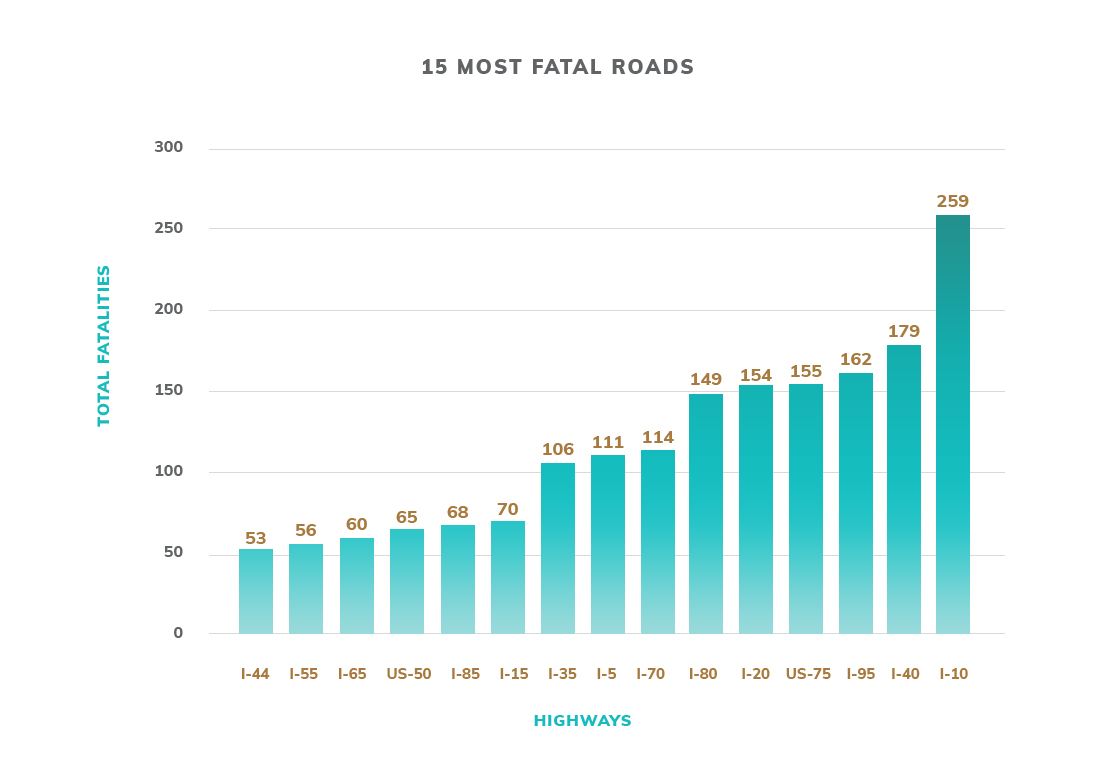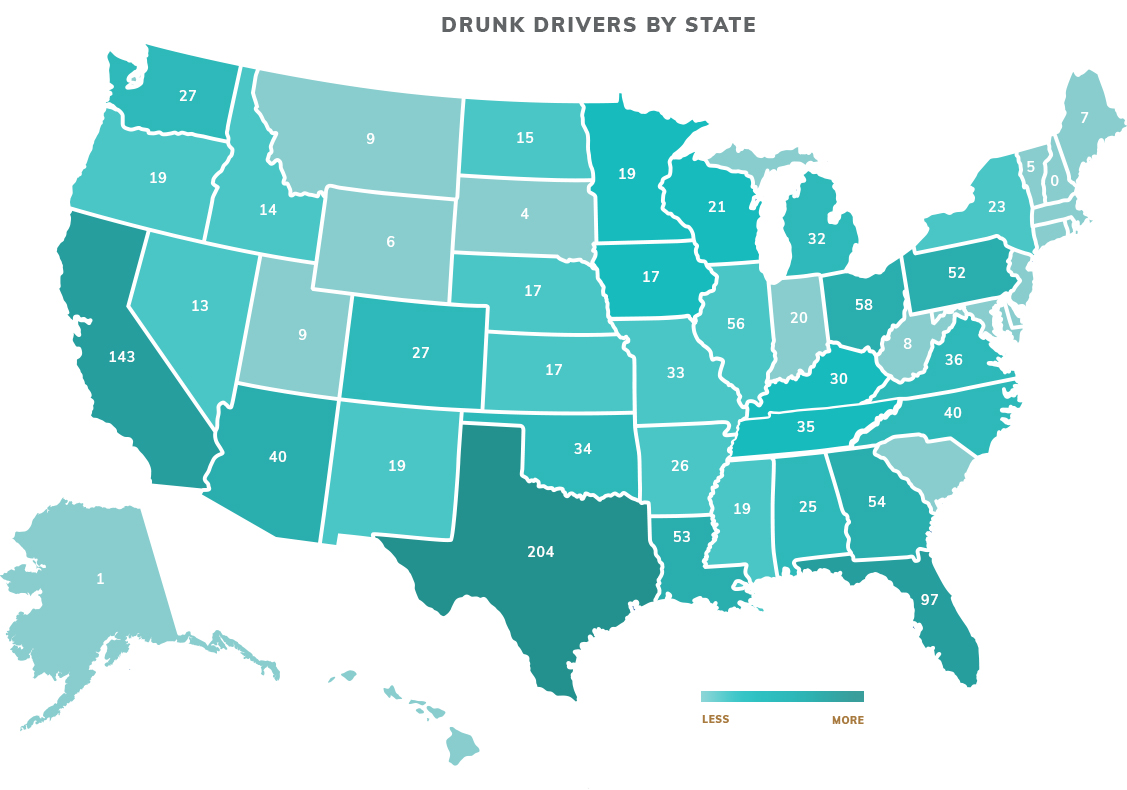
Accidents in the commercial trucking industry

In the United States, nearly 70% of all freight is transported by truck, accounting for $671 billion worth of manufactured and retail goods being transported by truck every year. According to the National Highway Traffic Safety Administration (NHTSA), in 2015 there were 11,203,184 large trucks registered, while in 2016 that number increased to 11,498,561 (NHTSA, 2019). Clearly, we are highly dependent upon large trucks.
Large trucks are considered medium or heavy trucks (excluding buses and motor homes) with a gross vehicle weight rating (GVWR) greater than 10,000 pounds; they may be commercial or non-commercial vehicles. The majority (79%) of the large trucks involved in fatal traffic crashes in 2017 were heavy large trucks (GVWR > 26,000 lbs.), while that number was 80% in 2016 and 86% in 2015.
Large trucks accounted for 9% of the vehicles involved in fatal accidents in 2017. Of the 4,657 large trucks involved in those crashes, 69% were combination trucks (tractor-trailer, doubles, straight truck with trailer, etc.) (Vehicles, 2017).
Additionally, research shows:
- According to NHTSA statistics, fatal incidents involving tractor trailers rose 5.8% in 2017 from 2016, and accidents involving straight trucks (those not part of a tractor-trailer) were up by 18.7%.
- Between 2015 and 2017, the number of occupants in passenger vehicles killed ranged from 2 in the District of Columbia to 1,358 in Texas.
- Also, between 2015 and 2017, 33 states each had more than 100 occupants of other vehicles killed in large-truck crashes, 21 had more than 200, and 10 had more than 300 fatalities as a result of a large truck crash accident.
- In 2017, the largest percentage of drinking drivers involved in fatal crashes and who had blood alcohol concentrations (BACs) of .08 g/dL or higher were 1) motorcycle drivers (27%), 2) passenger car drivers (21%), 3) light truck drivers (20%), and then 4) heavy truck drivers (3%). These numbers were similar in the previous two years (NHTSA, 2019).
- Large-truck drivers did, however, have a higher percentage (20.7%) of previously recorded crashes compared to drivers of other vehicle types (motorcycles, 20.3%; passenger cars, 19.1%; light trucks, 17.0%).














